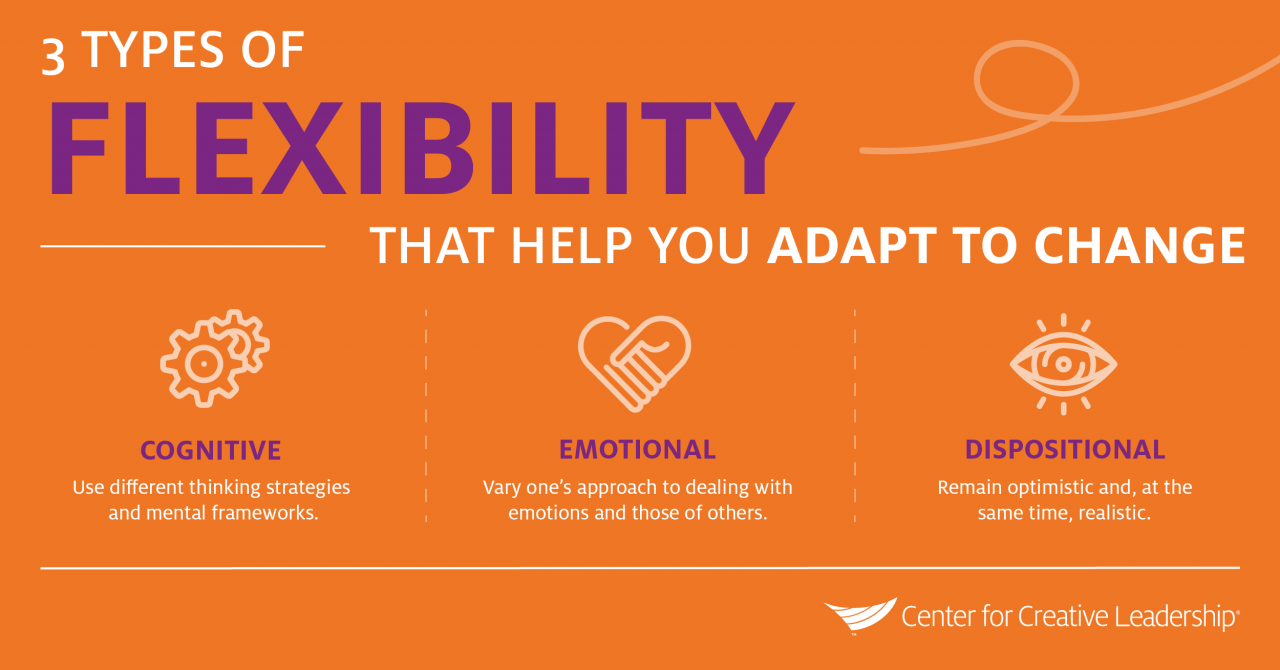How to Transition Through Change: Navigate 3 Stages
/When Faced With Change, Focus On the Transition
We’ve all heard the famous quote: “Change is the only constant in life.” And we know that to be resilient, both personally and professionally, we have to face change head on and get to the other side.
Effective leaders understand that success requires more than just coping with change — and that the goal is not to “get by.” These leaders accept that change is happening; they hone strategies for dealing with the unknown; and they shift their behavior to accommodate new situations and challenges.
What’s the Difference Between Change & Transition?
To manage change, first understand that there is a difference between change and transition.
Change is defined as the situations and occurrences that impact organizations and individuals. Change creates the need to move from the way things used to be to the way they are now, such as a new boss, a move to another location, or a shift in policy. Learn our 5 Tips for Adapting to Change.
Transition is the internal psychological process of adapting to a new situation. Transition can happen quickly or slowly. It is the process of moving successfully from the old to the new. Here are our tips for navigating the 3 stages of transition.
Tips for Navigating the 3 Stages of Transition
Transition involves 3 stages: an ending, a neutral zone, and a new beginning, according to William Bridges, a leader in the field of change management.
Stage 1 of Transition: Accept the Ending
Let go of the past; honor and grieve the ending, but accept it. To fully experience change as an ending, try these 3 strategies:
Admit to yourself and others that the change has occurred. Leading change by example requires honesty and authenticity.
Actively seek information from all relevant sources. Learn more about the nature of the change without first judging it.
Take note of what has been lost and what has been gained. Take the view that different is not right or wrong. It is just different.
Stage 2 of Transition: Live in the Neutral Zone
This may be the most uncomfortable transition stage. This is the time of confusion, of living with a clear ending but having no clear beginning. It is also the time for clarity to develop and point you to a new beginning. Try these 4 strategies as you navigate the neutral zone:
Realize that uncertainty is an integral stage between an ending and a new beginning. Don’t expect to know everything or to be perfect.
Set short-term goals to move through uncertainty. As you advance toward a new beginning, take stock of what you need to accomplish those goals and identify opportunities that will help you move forward.
Look backward to the ending and acknowledge what you had. Look forward to the beginning and the possibilities it could create.
Connect to your values. When you feel uncertain and confused, your personal values will provide direction.
Stage 3 of Transition: Reach Your New Beginning
Utilize the clarity that developed in the neutral zone and accept the challenge of working in a changed environment. Think of this phase as a fresh start. Try these 3 strategies as you settle into your new beginning:
Jump right in to meet new people. As you learn the ropes, give all relevant parties a place in the new beginning.
Create strategies for tackling new problems. When you meet new challenges, re-emphasize the reason for the change and recognize that reason as why you are beginning anew.
Find ways to mark your success. Acknowledge small wins.
People experience organizational change in many different ways, and the process of transition will vary. As a leader, you must deal with your own personal uncertainty and resistance to change. Recognize that your process of going through endings, neutral zones, and new beginnings will affect your work and the people around you. You can learn to become a more successful change leader.
With greater awareness of the human side of transition, you and your organization will be be able to move through change with grace.
This article is provided by: www.ccl.org











![Self-regulation “control [of oneself] by oneself"](https://images.squarespace-cdn.com/content/v1/55563e14e4b01769086817cb/1542845645966-PO2HGKF5JLUBM45UIWQ3/wee-lee-790761-unsplash.jpg)




















